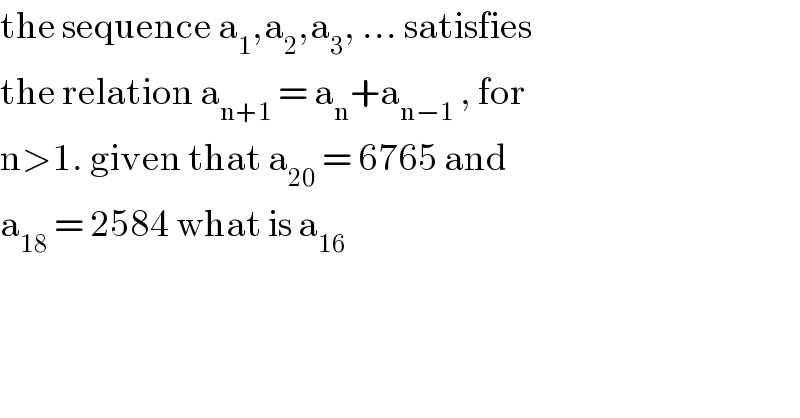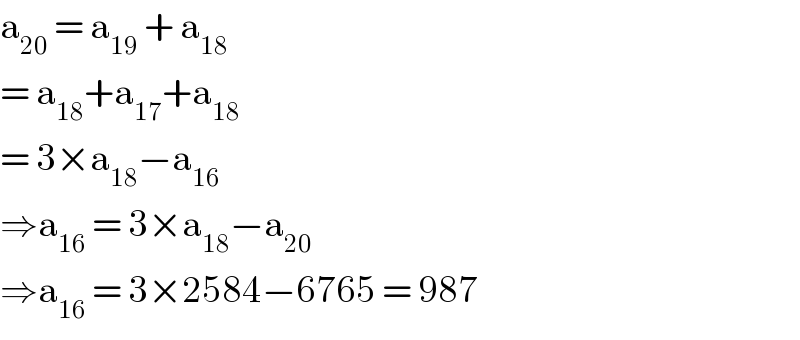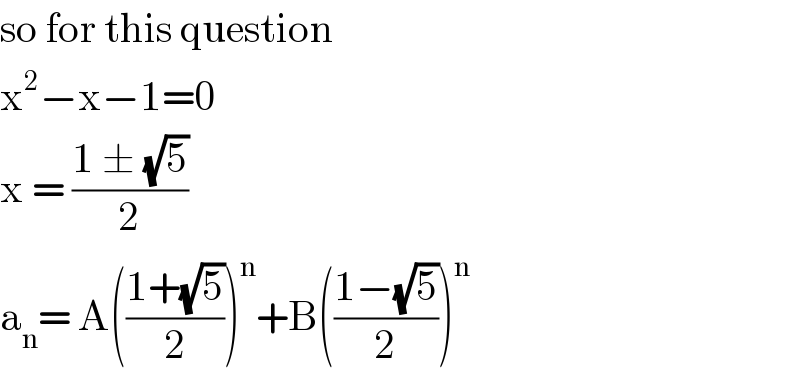
Question and Answers Forum
Question Number 87648 by john santu last updated on 05/Apr/20

Commented byjohn santu last updated on 05/Apr/20

Commented byjohn santu last updated on 05/Apr/20

Commented bymr W last updated on 05/Apr/20

Commented byjohn santu last updated on 05/Apr/20

